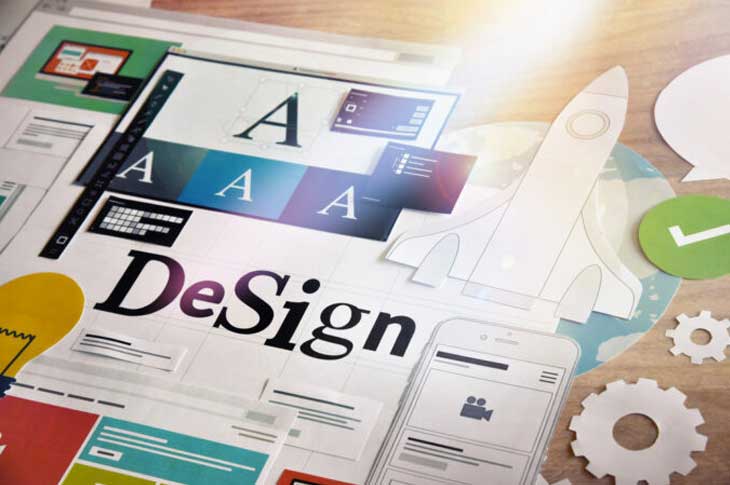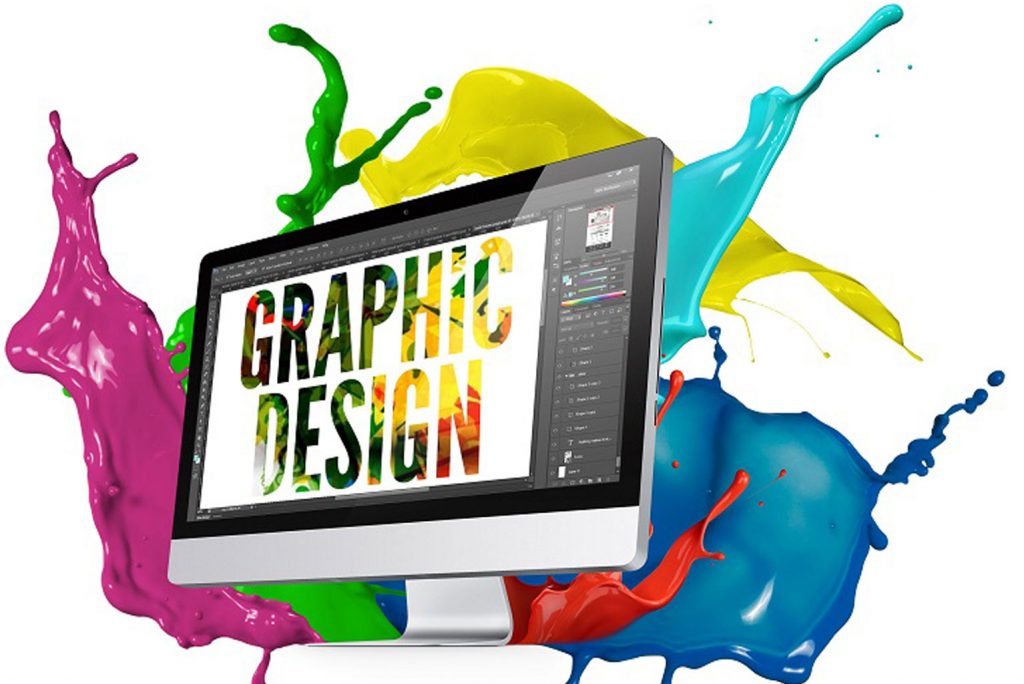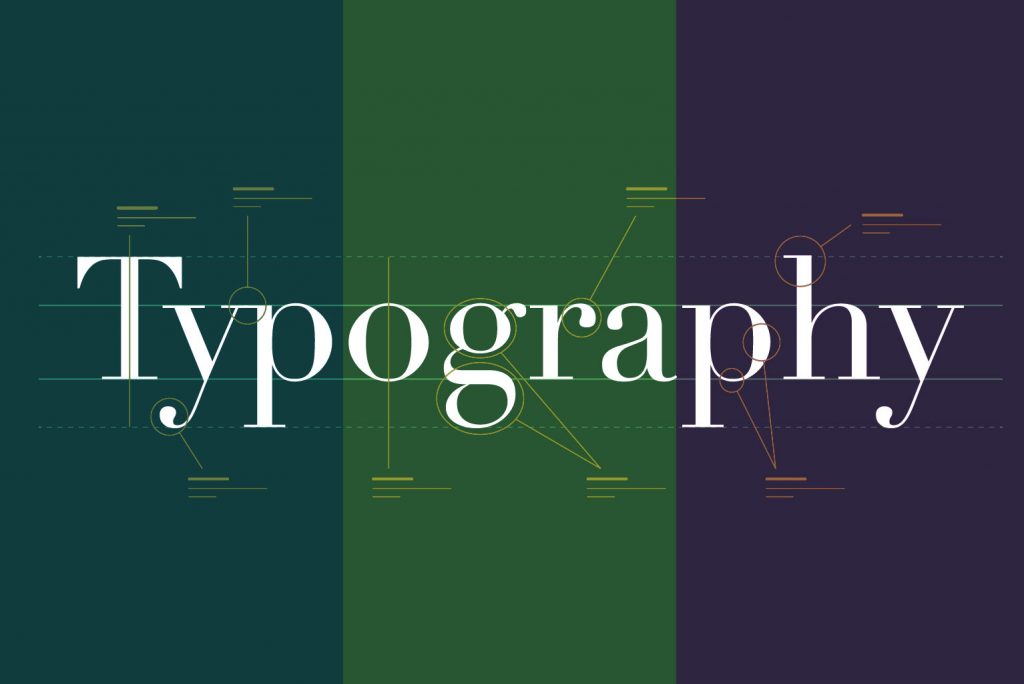Effective ad design has become a critical component of successful marketing campaigns. Whether you’re promoting a product, service, or brand, the design of your advertisements plays a pivotal role in capturing your audience’s attention and conveying your message. In this article, we will explore key strategies to help you create ad designs that resonate, engage, and drive results.
Know Your Audience
Understanding your target audience is the cornerstone of effective ad design. Take the time to research your audience’s demographics, interests, behaviors, and preferences. This knowledge will guide your design choices, from color palettes and typography to imagery and messaging. Tailoring your design to resonate with your audience increases the likelihood of capturing their attention and fostering a connection.
Start with a Clear Objective
Every effective ad design begins with a well-defined objective. Are you aiming to raise awareness, generate leads, drive sales, or promote an event? Clearly outlining your goals will guide the entire design process and ensure that every element serves a purpose. The design should seamlessly support your intended outcome and call to action.
Prioritize Simplicity
Simplicity is key in ad design. A cluttered and overwhelming layout can deter viewers from engaging with your ad. Opt for clean and uncluttered designs that highlight the most important information. Use white space strategically to guide the viewer’s eye and emphasize key elements. Remember, less is often more when it comes to effective ad design.
Visual Hierarchy
Establishing a clear visual hierarchy helps guide the viewer’s attention and ensures that the most crucial information is noticed first. Utilize varying font sizes, bold typography, and contrasting colors to distinguish between headline, subheadings, and body text. Employ visual cues, such as arrows or pointers, to direct the viewer’s gaze to your call to action or focal point.
Consistent Branding
Maintaining consistent branding across all your advertisements is essential for building brand recognition and trust. Use your brand’s color palette, typography, and logo consistently to create a cohesive and recognizable identity. This consistency reinforces your brand’s image and helps establish a strong connection with your audience.
Compelling Imagery
Images are powerful tools in ad design. Choose high-quality, relevant images that resonate with your audience and align with your message. Visuals should evoke emotion and complement your text, enhancing the overall impact of your ad. Be cautious not to use images that overshadow your message or confuse the viewer.
Embrace Creativity
Creativity sets your ad design apart from the competition. Experiment with unique layouts, unconventional color combinations, and innovative typography. However, ensure that your creativity doesn’t compromise readability or detract from the message. A balance between creativity and clarity is key to a successful design.
Test and Iterate
A/B testing is a valuable tool for refining your ad designs. Create variations of your ads and test them with different audiences to determine which elements perform best. Analyze the results and make data-driven decisions to optimize your designs for maximum impact.
Effective ad design is a fusion of art and science, where creativity meets strategy to captivate, inform, and inspire action. By understanding your audience, setting clear objectives, simplifying your design, establishing a visual hierarchy, maintaining consistent branding, leveraging compelling imagery, embracing creativity, and testing your designs, you can create ads that cut through the noise and leave a lasting impression on your audience. With these strategies in mind, your ad designs can become powerful tools for driving engagement, conversions, and business success.





